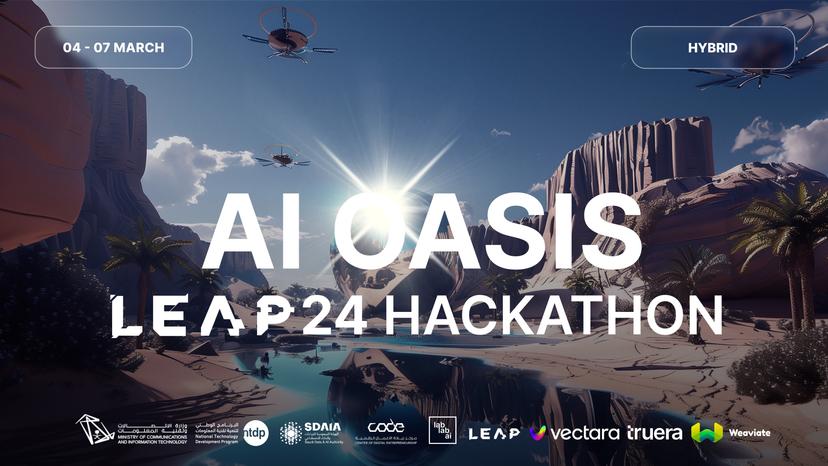🤝 Top Collabolators
🤓 Latest Submissions

Foxeyes
"Predict locust swarm movements using satellite data, deploy drones for targeted intervention, safeguarding agriculture and communities." "Our project aims to detect locust swarms preemptively, utilizing satellite data to predict their path towards cities and vegetation. By analyzing factors such as weather patterns and locust behavior, our system issues alerts to control centers and deploys drones for targeted intervention. Additionally, the system facilitates informed decision-making by providing data for potential aerial interventions. With an automated drone launch option, our solution ensures swift and effective response to locust swarm threats, safeguarding agricultural resources and communities."
7 Mar 2024

Speech recognizing agent
In educational settings, manual attendance and participation tracking can be labor-intensive and error-prone, consuming valuable instructional time and risking inaccuracies in student records, especially in larger classes or with diverse student groups. AI-powered solutions offer a transformative solution by automating attendance and participation tracking using advanced technologies like speech and facial recognition. Teachers can initiate the system with a simple command at the start of class, allowing it to identify and mark students based on facial recognition or responses, reducing administrative burden and improving accuracy. Additionally, the AI system tracks student participation during class activities, enabling teachers to mark participants and compile detailed reports on engagement levels. These reports provide insights into class dynamics and help identify students needing additional support. Beyond efficiency and accuracy, AI systems enhance transparency by generating comprehensive reports that foster accountability among administrators, parents, and students. Automating routine tasks also frees up teachers to focus more on instructional planning, student interactions, and professional development. Looking forward, AI integration in education promises further advancements such as real-time tracking and voice recognition to accommodate diverse classroom environments and student needs. Overall, adopting AI agents for attendance and participation tracking modernizes educational practices, improves data accuracy, and supports a more engaging learning environment conducive to student success in the digital age.
4 Jul 2024

Power Builder Prompt Scoring Engine
The development of a Prompt Scoring Engine aims to enhance the output quality of Large Language Models (LLMs) and improve user experience. This engine evaluates and scores prompts based on various criteria to optimize the responses generated by LLMs. The implementation of this technology addresses key issues related to the effectiveness of AI models, the clarity of project presentations, business value, and originality. The project began with an extensive research phase, focusing on methods to evaluate prompts and develop criteria for their assessment. A rubric was created to score prompts from 1 (worst) to 7 (best). Following this, a configuration file for a custom GPT model was developed, which utilized the rubric to evaluate prompts and their inputs. This configuration provided a structured approach to identify areas for improvement and generate requirements for enhancing prompt quality. The core implementation involved creating a scoring engine that interacts with users by prompting them to input their original prompts and resulting outputs. The engine evaluates these inputs, scores them based on the established rubric, and suggests improvements. Users are then given the opportunity to try the new, optimized prompts and evaluate the results, creating a continuous feedback loop that refines the prompt quality over time. The Prompt Scoring Engine offers significant benefits, including enhanced output quality through advanced natural language processing techniques, improved user experience with more relevant and coherent responses, and a transparent, objective evaluation framework. Additionally, it serves as an educational tool, helping users understand and craft better prompts. This strategic initiative not only addresses critical issues in AI model effectiveness but also drives innovation and growth in the AI market by ensuring high-quality, original, and clear outputs.
2 Jun 2024
.png&w=256&q=75)

.png&w=640&q=75)
.png&w=640&q=75)



